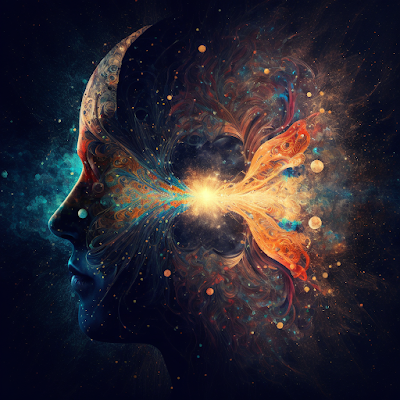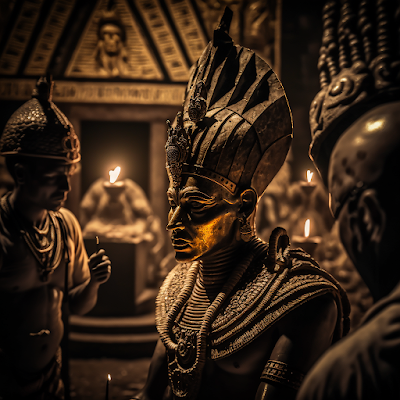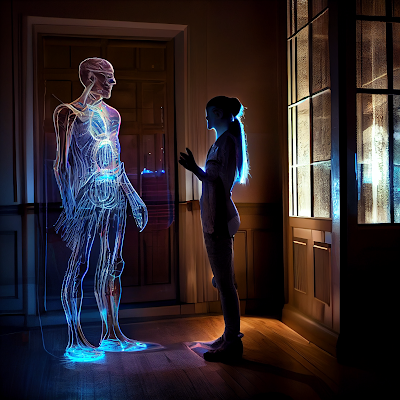The anatomy of the human body: Why do we have anuses?
Introduction
The human body is a complex and fascinating machine with various functions that work together to keep it healthy. One of the crucial components of the human body is the anus, commonly referred to as the "butt." In this article, we will explore the anatomy of the human body, the role of the anus in the digestive system, and its other functions.
The Anatomy of the Human Body
The digestive system is responsible for breaking down the food we eat and converting it into energy for our body to use. The process begins in the mouth, where food is broken down by enzymes and moved through the esophagus and into the stomach. Stomach acid and enzymes further break down the food, and it then moves into the small intestine, where nutrients are absorbed into the bloodstream. The remaining waste moves into the large intestine, where water and electrolytes are absorbed, and the waste is compacted before being passed through the rectum and out of the body through the anus.
The Role of the Anus
The anus plays a vital role in the digestive process by serving as the opening through which waste is expelled from the body. The anal sphincter, a ring of muscle tissue surrounding the anus, helps control the release of waste by allowing us to hold in or release it voluntarily. The anus is also home to a large number of beneficial bacteria, which aid in digestion and help to keep the body healthy.
Other Functions of the Anus
Apart from its role in the digestive process, the anus also has other essential functions. It is a highly sensitive area due to the large number of nerve endings, which can lead to pleasure during sexual activity. The anus is also believed to have evolved as a way for early animals to control the release of waste, which would have been essential for survival as the accumulation of waste can lead to disease and death.
The Evolution of the Anus
The evolution of the anus is still being researched, but it is believed to have originated as a way for early animals to control the release of waste. As animals evolved and became more complex, the anus may have taken on additional roles, such as in mammals, where it is located near the genitals, leading to its use in sexual activity.
Conclusion
In conclusion, the anus serves a vital function in the human body as the opening through which waste is expelled. It is an essential component of the digestive system and helps to keep the body healthy. Additionally, the anus is also a source of pleasure during sexual activity. While the evolution of the anus is still being researched, it is believed to have originated as a way for early animals to control the release of waste. By understanding the anatomy and functions of the anus, we can appreciate the complexity and importance of the human body.













Comments
Post a Comment